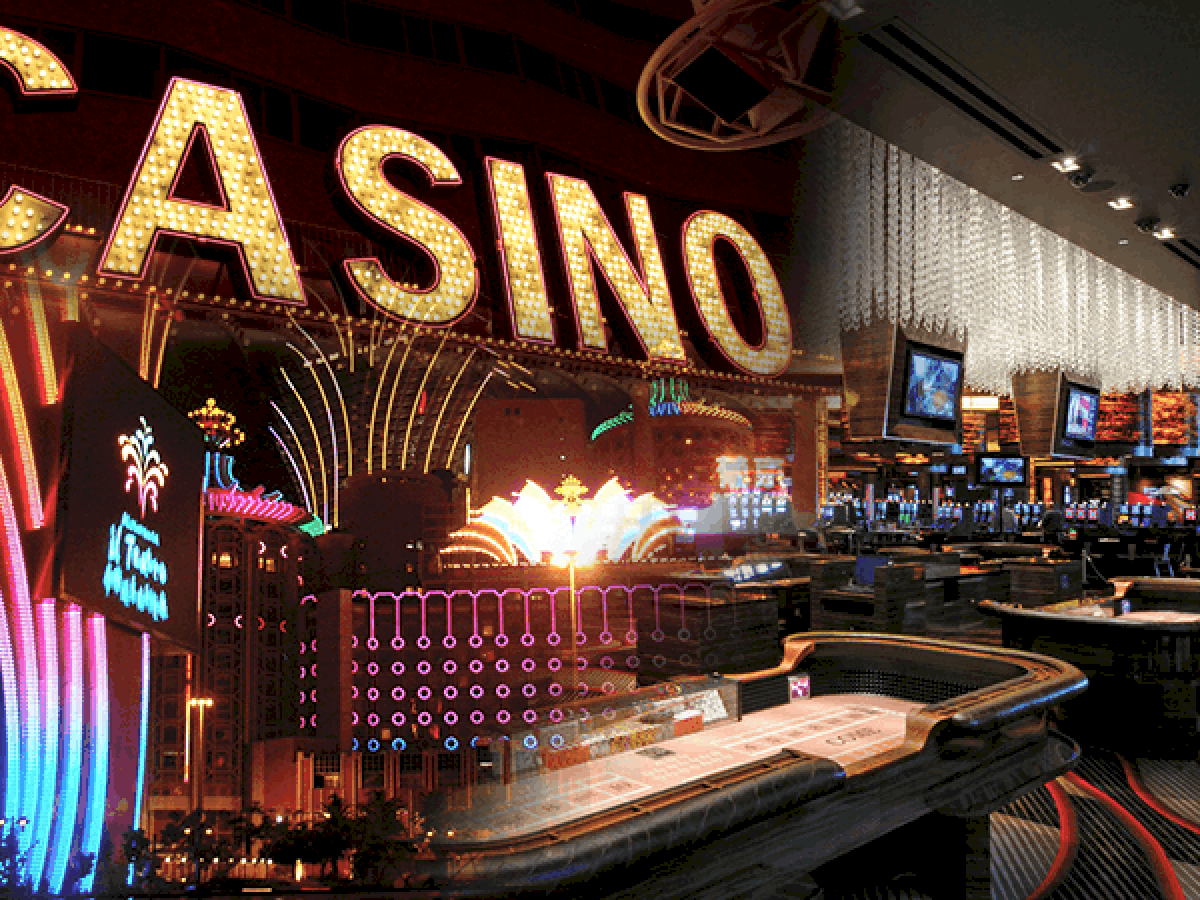
The realm of casino entertainment has long enthralled participants with its mix of adventure, tactics, and the thrill of chance. As tech advancements progresses and the gaming landscape changes, an exciting approach known as game mechanics has commenced to redefine the way we interact with these iconic activities. By including gaming features such as challenges, incentives, and monitoring advancement, this approach improves participant interaction and changes the classic casino atmosphere into a much dynamic and inviting space.
Gamification in gambling games not only appeals to experienced gamblers but also draws in a new generation of players who crave a much immersive experience. Featuring elements that promote participation and foster community among participants, the gamified elements infuse new life into beloved classics like casino poker, 21, and fruit machines. In we delve deeper into this phenomenon, we will explore how this trend is redefining the casino atmosphere, making it more accessible, enjoyable, and rewarding for all involved.
Grasping Game Elements
Gamification denotes the implementation of gaming aspects in real-world contexts to improve player engagement and experience. In the world of gaming, this concept has gathered significant traction, altering classic gaming into a much interactive and fulfilling experience. By incorporating features such as tokens, stages, and rewards, casinos can build an environment that encourages players to participate more often and for extended periods.
At the core of gamification is the want to harness the natural desires of players. Casino games that employ gamification methods are designed to not only delight but also to promote rivalry and achievement. Players are often compelled to the instant responses and progress tracking that these features provide. This not only maintains them engaged but also fosters a notion of achievement as they reach goals and reveal new elements.
Additionally, gamification can boost social engagement among players, fostering a community atmosphere that improves the satisfaction of gaming experiences. Features such as ranking systems, team challenges, and collaborative tasks allow players to link with fellow players, share experiences, and compete in a friendly manner. This social aspect adds an extra facet to the gaming experience, allowing it to be even more immersive and pleasurable for gamers.
Impact on Gamer Involvement
Gamification techniques in casino games have remarkably changed the way gamers interact with their beloved pastimes. By incorporating aspects such as prizes, scoreboards, and accomplishment icons, casino operators create an setting that promotes a more profound bond between players and the experiences they prefer. This increased engagement leads to extended gaming sessions and increased player dedication, as users work to reach new milestones or obtain exclusive incentives.
Additionally, the communal feature of interactive casino games cannot be dismissed. Several platforms allow gamers to challenge against peers or other gamers, which brings a layer of thrill and friendship. This competition drives engagement by accessing into gamers’ competitive instincts, motivating them to come back for extra in order to raise their standings or demonstrate their accomplishments. As a result, the community engagement foster a sense of togetherness that encourages players coming back.
Moreover, the prompt recognition and acknowledgment provided by game elements serve to encourage players. Ga179 Whether it be a alert of a recent achievement or the thrill of earning a reward, these quick recognitions play a vital role in maintaining engagement. By regularly providing players for their efforts, casino games become not only a pastime; they evolve into an interactive experience that entices users and improves their overall experience.
Trends in Casino Game Design
The landscape of gambling game design is regularly evolving, driven by tech innovations and shifting player preferences. One important trend is the incorporation of immersive technologies, such as virtual reality and AR reality, to enhance the gaming experience. These technologies create a more engaging environment, enabling players to perceive as though they are in a real casino, which can lead to longer play sessions and increased player satisfaction.
A further trend is the integration of narrative elements into casino games. Game designers are focusing on narratives to create a deeper connection between the player and the game. This narrative-driven approach not only makes the games more enjoyable but also encourages players to engage emotionally, which can enhance their overall experience. By combining traditional gaming mechanics with engaging stories, developers are attracting a wider audience who may not have before engaged with casino games.
Lastly, the rise of social gaming features is reshaping how players interact with casino games. Many games now feature social elements, such as broadcasting achievements or challenging with friends, to promote community and engagement. This trend reflects a shift towards a more participatory experience, where players can link with others, sharing their enthusiasm and struggles. As casinos adapt to these social dynamics, the experience of gaming becomes not just about solo play, but also about building connections among players.
